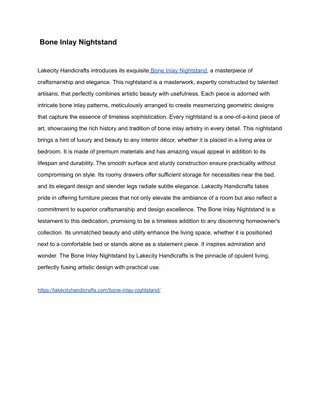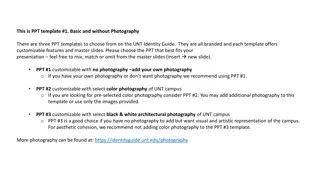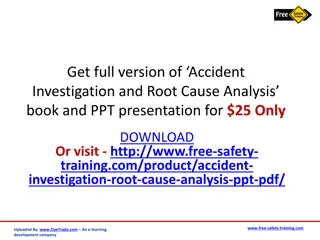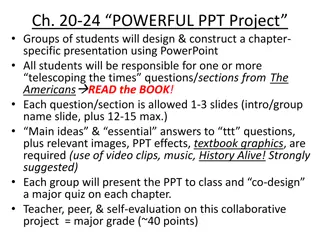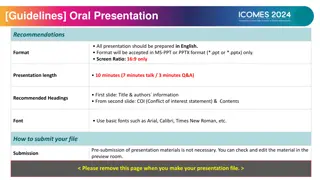
Research Problems and Process
Explore the meaning of research problems, steps in problem identification, components of research problems, and the research process. Learn how researchers formulate, solve, and analyze problems to contribute to progress and innovation.
Download Presentation

Please find below an Image/Link to download the presentation.
The content on the website is provided AS IS for your information and personal use only. It may not be sold, licensed, or shared on other websites without obtaining consent from the author. If you encounter any issues during the download, it is possible that the publisher has removed the file from their server.
You are allowed to download the files provided on this website for personal or commercial use, subject to the condition that they are used lawfully. All files are the property of their respective owners.
The content on the website is provided AS IS for your information and personal use only. It may not be sold, licensed, or shared on other websites without obtaining consent from the author.
E N D
Presentation Transcript
MEANING OF RESEARCH PROBLEM; A research problem is a question that a researcher wants to answer or a problem that a researcher wants to solve. DEFINITION: According to KERLINGER , A problem is an interrogative sentence or statement that ask what relation exist between two or more variable .
FORMULATION OF A RESEARCH PROBLEM Identification of research problem Selection of the research problem Formulation of the problem Choice of a theoritical frame work for the research problem Formulation of hypothesis Operational definition of concepts Methodology Analysis of data and testing of hypothesis Starting the result
STEPS IN PROBLEM IDENTIFICATION: Statement of the problem in general way. Understanding the nature of the problem. Surveying the available literature. Developing the idea through discussion. Rephrasing the research problem into a working proposition.
COMPONENTS OF RESEARCH PROBLEM: There must be an individual or Group which has Some difficulty. There must be some objective(s) to be attained at.,If one wants nothing. One cannot have a problem. There must be alternative means ( or the course of action)for attaining the objective one wish to attain. This means that there must be atleast two means available to a researcher for if he has no choice of means he cannot have a problem. There must be some environment to which the difficulty pertains.
RESEARCH PROCESS DEFINITION According to Clifford woody research comprises defining and redefining problem , formulating hypothesis or suggested solutions , collecting , organizing and evaluating data; working deductions and reaching conclusions to determine whether they fit the formulating hypothesis.
MEANING : Research is a key to progress. It is believed that there can be no progress without research. Almost everything including technologies enjoyed today is product of research
STAGES OF RESEARCH STAGES OF RESEARCH PROCESS PROCESS Formulating the research process Extensive literature survey Developing the hypothesis Preparing the research design Determination the sample design Collection the data Analysis of data Hypothesis testing Generalisation & Interpretation Preparation of the report
MEANING OF RESEARCH DESIGN: Research design is the arrangement of conditions for collecting and analysing data in manner that aims to combine relevance to the purpose with economy in problem MEANING : Research design hypothesis and it s operational implications to the final analysis of the data more explacity the delaying.
STEPS IN PREPARING STEPS IN PREPARING RESEARCH DESIGN RESEARCH DESIGN The Title Statement Of The Problem Review Of Earlier Literature Sources Of Information To Be Tab Development Of Bibliography Nature Of Study Basic Of Selection Data Techniques Of Study Objective Of Study Social Cultural Content Of Study Geographical Area To Be Cover Period Of Time To Be Covered Dimension Of Study Basics Of Selecting The Data Techniques Of Study Control Of The Error Establish Validity And Reliability Of Instrument







